Photography by Jason Stephens & Philip Pietri
An ancient fruit without borders, tracing it from its origins to a local farm where its influence and popularity continues to impact global economies and cultures.
From fashion to hot summer days and healthy habits, the watermelon is one of the most popular fruits around the world and dates back thousands of years.
National Geographic reports that “archeologists have discovered watermelon seeds, along with the remnants of other fruits, at a 5,000-year-old settlement in Libya.”
Today, records from the Food and Agriculture Organization of the United Nations show that, of all the vegetable crops, watermelons are grown on the largest land area in the world. In 2018, the world area harvested for watermelons was 8,009,275.995 acres, and 103,931,337 tons of watermelons were produced.
The Florida Department of Agriculture and Consumer Services reports that, in 2017, the state had 47,000 commercial farms and ranches, using a total of 9.45 million acres across the state. Florida ranked second in value production of watermelons, fresh market cabbage, and fresh market sweet corn. That year, watermelons made up 23 percent of the agricultural industry in Florida with a $136 million total production value.
[columns_row width=”half”]
[column]
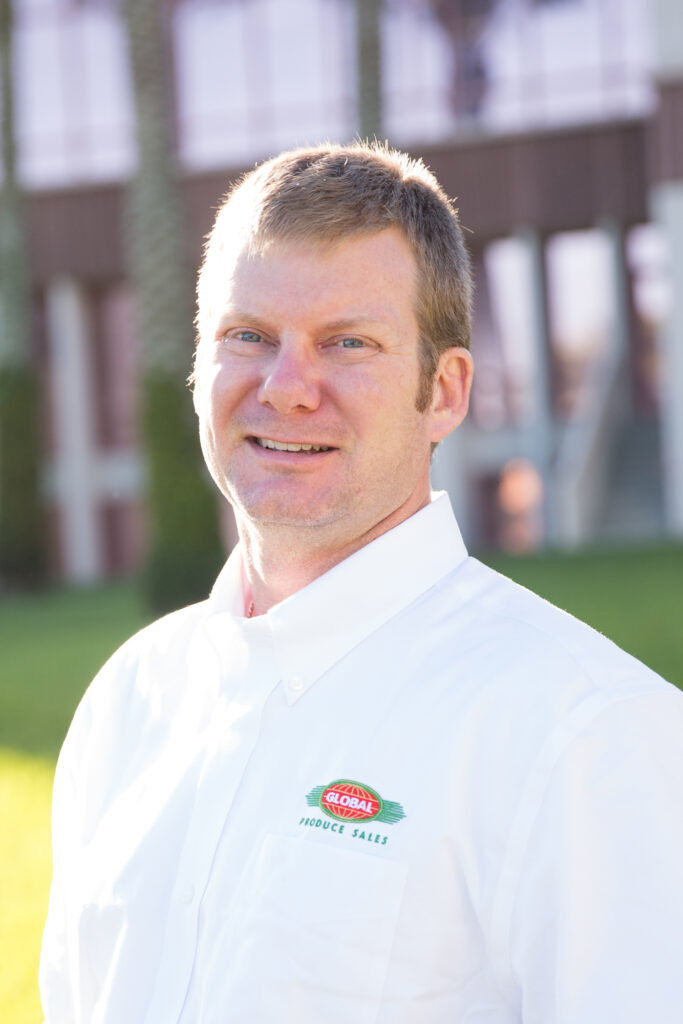
Founder Lee Wroten
[/column][column]

Founder Steve Nichols
[/column]
[/columns_row]
The Business in Lakeland, Fl
Steve Nichols and Lee Wroten’s family history runs deep in the agricultural industry. Steve and Lee worked alongside each other in Lakeland, both running in their multi-generational watermelon and agricultural family businesses. In 2004, Nichols joined forces with Mark Elliott and Wroten at Global Produce Sales.
“We come from a cattleman who came to Florida in 1825. We come from a cotton and watermelon grower in the bootheel of Missouri in the 1930s. We come from a truck driver buying and selling loads of watermelons and cantaloupes on the St. Louis market in the 1950s. We come from a fruit inspector from Lake Okeechobee who began selling fresh citrus in the 1960s. We come from immigrants who crossed the border for a better life in the 1970s. We come from Arkansas, Kentucky, and Louisiana.” — Global Produce Sales
“What we came to is a company dedicated to service. Service to our farmers, our harvesters, our co-workers, our carriers, and our customers,” says Nichols.
Global Produce Sales is primarily a watermelon marketer with three subsidiaries that extend their reach far beyond Lakeland. These subsidiaries — Moore Haven Melons, Triploid Packing, and Summer Time Melons — focus on other services within the industry, from harvesting to packing and shipping.
Moore Haven Melons is located in Moore Haven, Florida. With Greg Collier leading the way, this entity was established to grow watermelons in South Florida. Moore Haven Melons allows Global Produce Sales to begin their season with good early volume. This prompt start gives them an opportunity to start serving customers with quality and volume in April.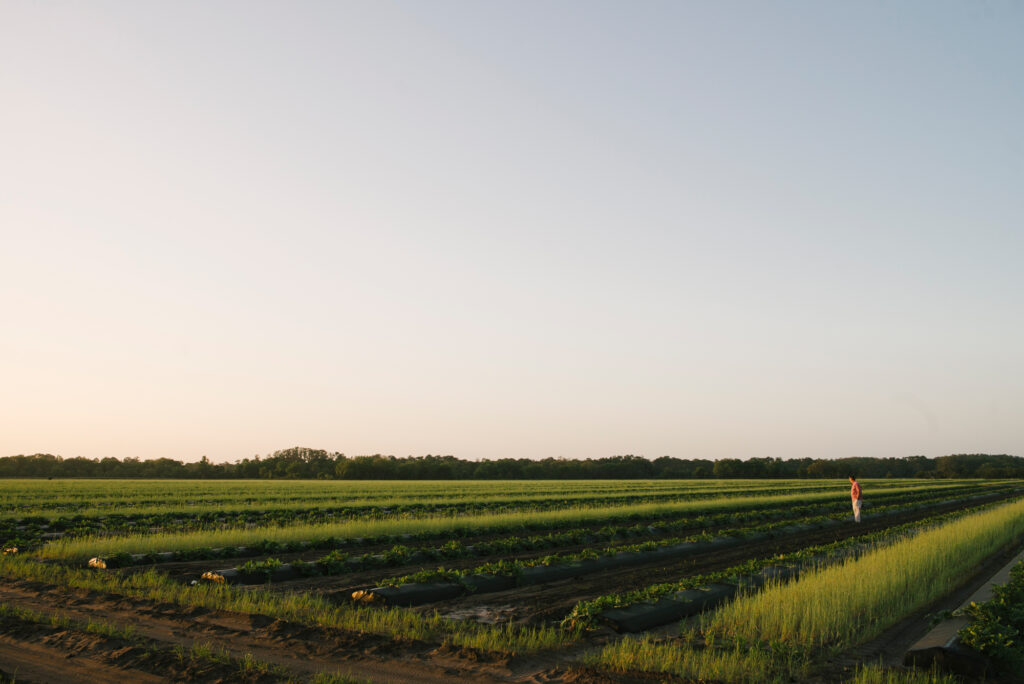
Triploid Packing handles the harvesting, packing, and shipping operations in Plant City, Florida. After growers grow the crop, Triploid takes it to the finish, managing the harvest crews, the warehouse operations, and the transportation. This Plant City production is a large part of Memorial Day shipments.
Summer Time Melons is based in and around Cordele, Georgia. Summer Time is a grower, packer, and shipper. Global Produce and its grower partners provide volume and quality to customers for the very popular time of the season leading up to and through the 4th of July holiday.
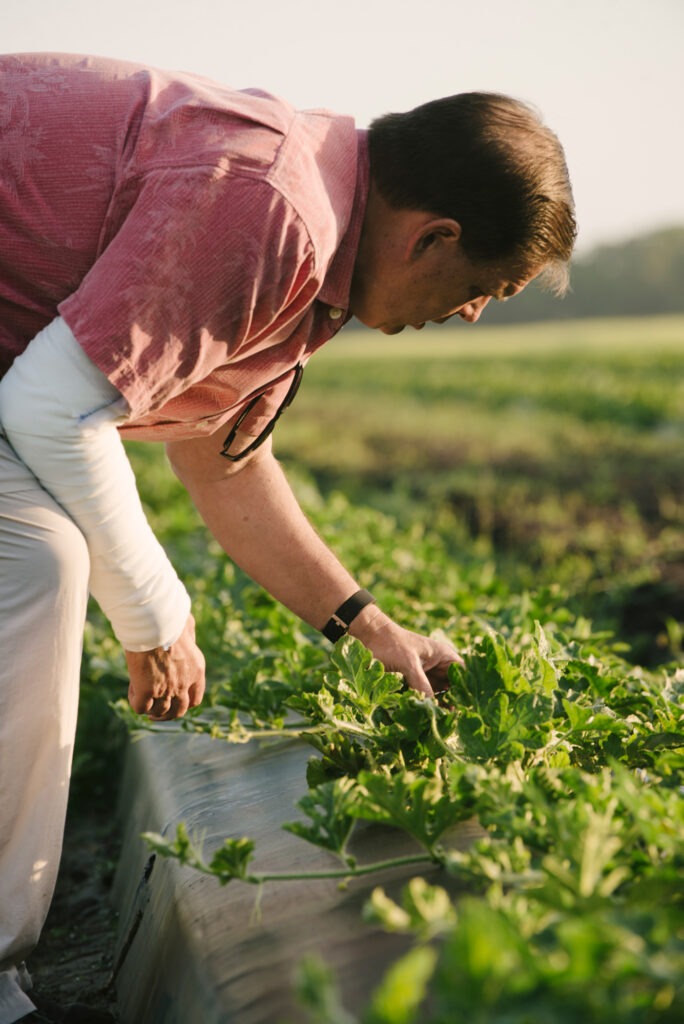 To put it into perspective, our friends and family across the nation possibly ate a Global Produce watermelon this past summer and this is how. Global Produce Sales and its subsidiaries harvested, packed, and/or shipped over 100,000,000 pounds of watermelons, and 168,000,000 one-cup servings of watermelons. So, theoretically, one out of every two people in the U.S. could have had a cup of watermelon from Global Produce this past summer.
To put it into perspective, our friends and family across the nation possibly ate a Global Produce watermelon this past summer and this is how. Global Produce Sales and its subsidiaries harvested, packed, and/or shipped over 100,000,000 pounds of watermelons, and 168,000,000 one-cup servings of watermelons. So, theoretically, one out of every two people in the U.S. could have had a cup of watermelon from Global Produce this past summer.
The Harvest
Mark Twain described it best: “The true Southern watermelon… is not to be mentioned with the commoner things. When one has tasted it, he knows what the angels eat.”
Watermelons are grown in rows and in raised beds composed of well-drained sandy soil; the crop is then ready to harvest within three months. Watermelon pickers look for a pale or buttery yellow spot on the bottom of the watermelon, indicating ripeness. Every watermelon is then handpicked and cut from their vines.
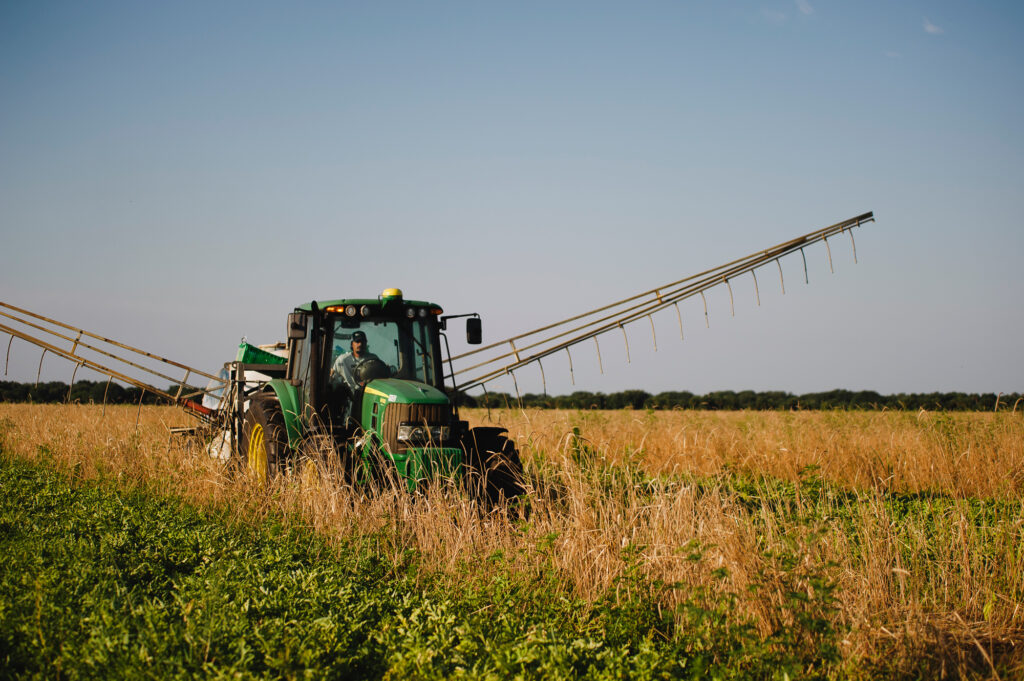
At Global Produce, farmers are the foundation of everything that they do.
The pitching crew follows the cutters and pitches watermelons hand-to-hand to load into old school buses to transport the harvest to the packing shed. At the packing shed, watermelons are inspected for quality, washed, and separated according to size and then prepared for shipping.
The farming and harvesting process hasn’t changed much over the years; it requires the same amount of labor and human contact, if not more. The biggest difference in the industry is the way watermelons are processed.
“Back when I was a kid, around 13 years old, watermelons were loaded in the bed of a truck and the truck went as it was to the store (like in the black-and-white photo of my dad). Once they arrived at the grocery store, they unloaded the watermelons and placed them in grocery carts, then just put them out in the produce section,” says Nichols.
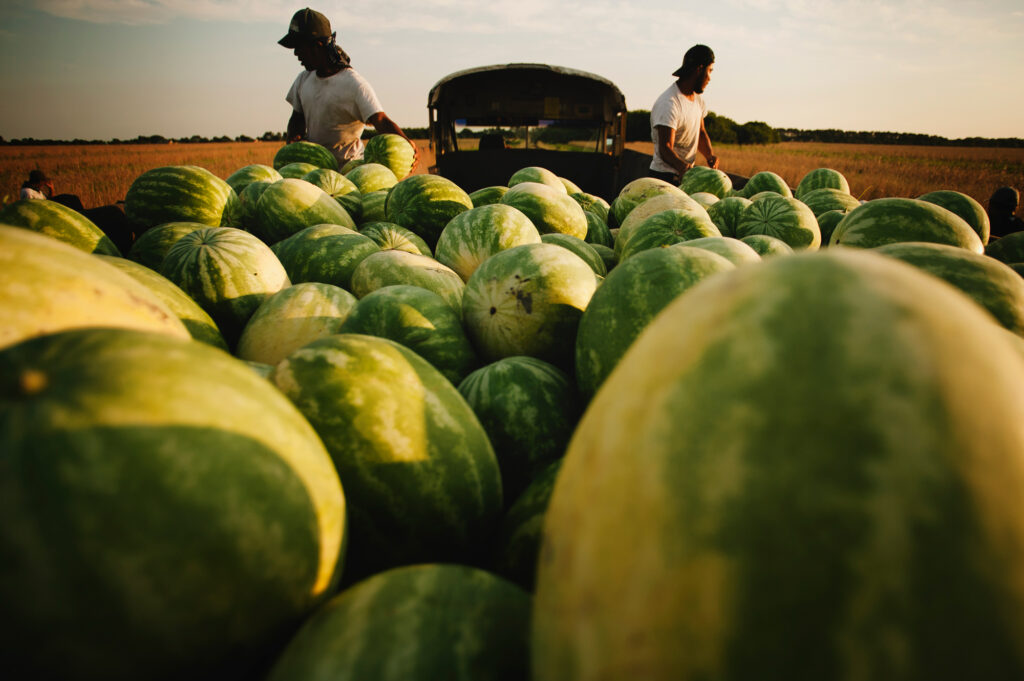 These days, watermelons go through a pretty detailed “packaging” process where they are washed and inspected before being shipped out and delivered to the back-of-house staff at a grocery store.
These days, watermelons go through a pretty detailed “packaging” process where they are washed and inspected before being shipped out and delivered to the back-of-house staff at a grocery store.
THE REVOLUTIONIZED WATERMELON
The fruit itself has changed so much over the years. Five thousand years later and generations of selective breeding, spanning several countries and cultures, produced the sweet, red-centered watermelon.
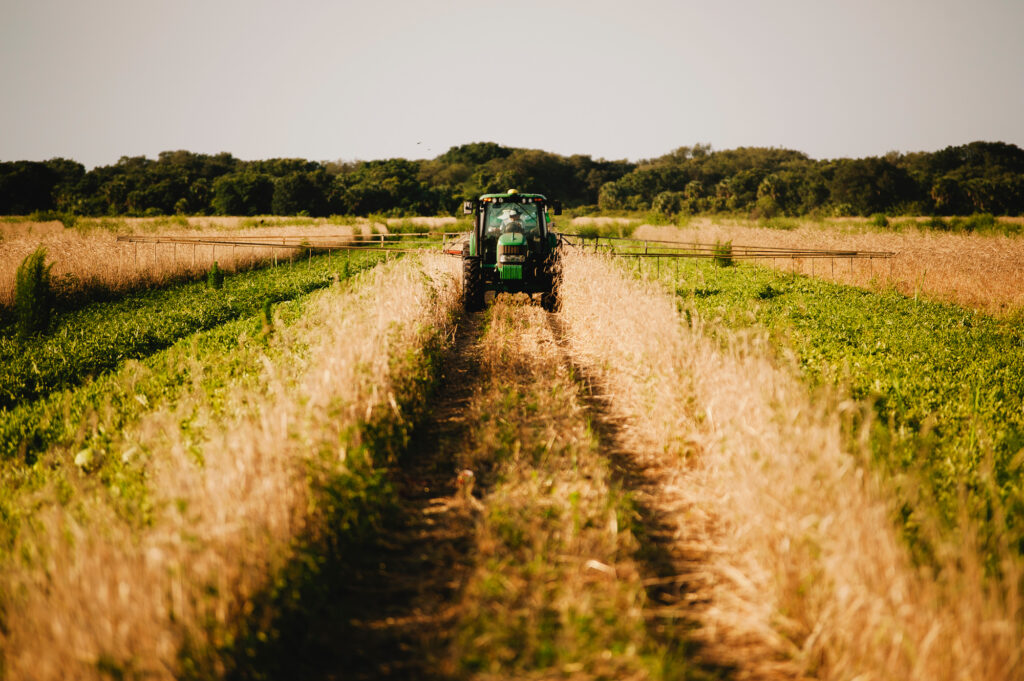 Between the 1980s and 1990s, the watermelon evolved once again at large. In the early 1900s, the South was known for the most decadent watermelon, a soft-skinned variety named the Bradford. This variation was popular but not suited for stacking and long-distance shipping because of its cucumber-like skin. In 1922, the last commercial crop was planted, and the Bradford watermelon made way for the watermelons with tough rinds found in stores today.
Between the 1980s and 1990s, the watermelon evolved once again at large. In the early 1900s, the South was known for the most decadent watermelon, a soft-skinned variety named the Bradford. This variation was popular but not suited for stacking and long-distance shipping because of its cucumber-like skin. In 1922, the last commercial crop was planted, and the Bradford watermelon made way for the watermelons with tough rinds found in stores today.
The journey doesn’t end there. “The fruit is getting smaller and more convenient. When I was younger, watermelons weighed over 40 and 50 pounds, and now the biggest one you’ll see in the supermarket is about 20 pounds,” says Nichols.
The Future
There is a responsibility that comes with stewarding the land to ensure that the farm can sustain a family’s livelihood over many generations.
From fertilizers and caring for the land to recycling and reusing resources in order to reduce waste, Global Produce Sales and its subsidiaries are committed to using the most sustainable practices for farming and processing. Global Produce proudly uses CHEP Pallets, a brand of wooden pallets whose business concept is to “share and reuse.” CHEP calls it “pooling.”
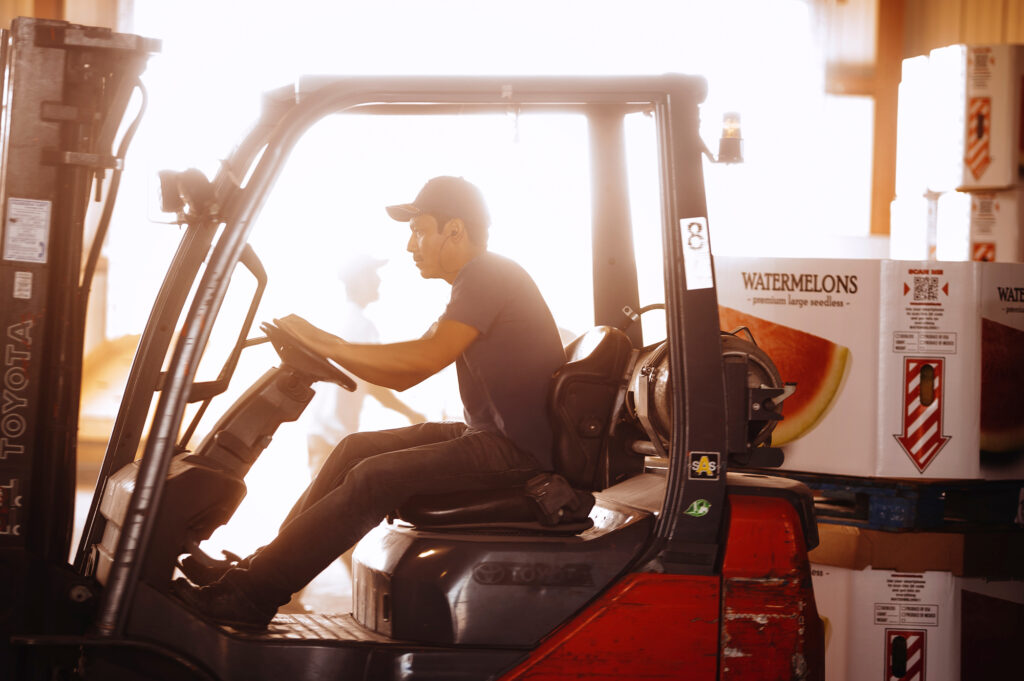
Each season, Global Produce travels over 1.75 million miles to get watermelons to their customers!
Wooden pallets are needed to transport watermelons once they are ready to be shipped. With the CHEP pooling system, Global Produce receives the pallets they need on a rental basis, creating less waste and reusing the same palettes season after season.
“From the seed we choose, to our growing techniques, to our harvesting process, to our packaging, and to the trucks we use for transport, every part of our process must be continuously questioned and the data collected,” says Nichols. “The answers we glean become part of our plans — plans to improve in everything we do at Global Produce Sales.”
